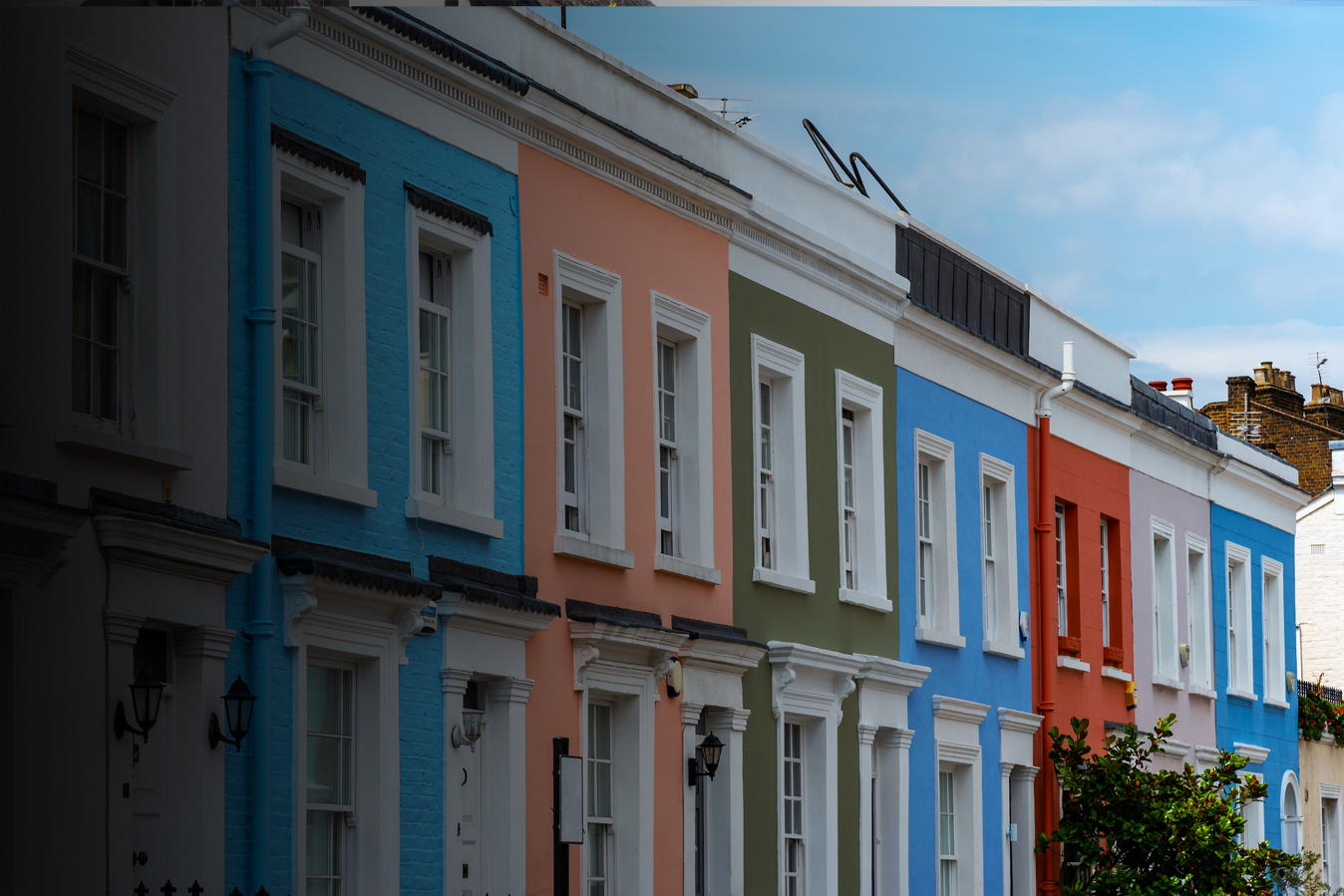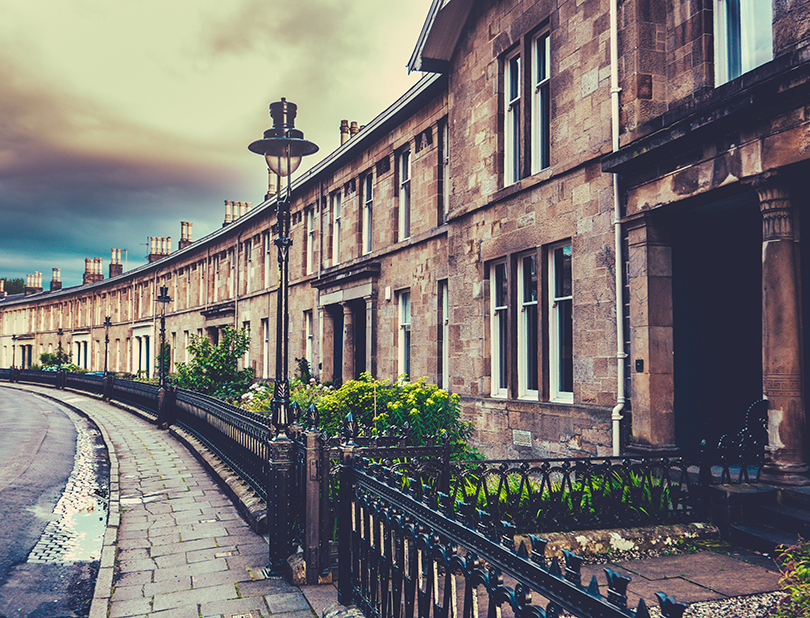
Preserving Heritage and Enhancing Efficiency
Heritage building maintenance and/or restoration is complex and generally linked to conservation guidelines. Generally, in order to replace heritage windows with energy efficient glazing there must be minimal alteration to the existing frames aesthetics.
PassivGlas™ vacuum glazing units are installed without the need to make any significant alterations to existing properties and in compliance with Historic England conservation guidelines.
Balancing Preservation and Performance
The windows traditionally glazed in historical buildings are simply not thermally efficient, as they are single glazed (U value – 5.82 W/m2K).
Therefore, preserving the historical charm of heritage buildings, combined with the consideration of introducing the superior thermal performance of vacuum insulated glazing (U Value – 0.49 W/m2K), will benefit the restoration allowing the buildings functional use to potentially change.
Flexible Glass Restoration and Thermal Efficiency
Glass restoration can be completed on small (200 x200 mm) up to large windows (up to 1500 x 2500 mm) due to the PassivGlas™ units being available in a variety of thicknesses. The Vacuum Glazing Network would always suggest that when considering through bar window restorations, that the use of external applied astragals and a single pane vacuum glazing panel are considered as a more thermally efficient solution.
Once professionally installed through our experienced network of installers, the functionality of the PassivGlas™ vacuum glazed units is guaranteed with a 15-year warranty regardless of the type of property into which they are fitted.

Energy Efficiency and Comfort in Historic Properties
Often, listed buildings and other historic properties, due to strict conservation rules cannot be fitted with modern heating and cooling systems. Therefore, restoring buildings with vacuum glazing is an effective and affordable way to reduce running costs in both summer and winter. By maintaining consistent indoor temperatures, and reducing outside noise infiltration, vacuum glazing can also significantly enhance the visitor experiences.
Key points
Historic England (HEAG321 – Adapting Historic Buildings for energy and Carbon Efficiency Advice notice HEAN 18 v1.0 July 2024) recognises Vacuum Insulated Glazing as a viable option for sustainable re-development
- Superior thermal insulation: Ug-Value from 0.49 W/m2K
- UKAS tested sound reduction of Rw 36 dB
- Slimline: from 6.15 mm thick
- 15-year warranty on single VIG’s
Frequently Asked Questions
What are vacuum units?
Vacuum Insulated Glazing or VIG is an advanced fenestration type of insulating unit. It consists of two glass panes, like a standard Insulating unit, but rather than the spacer bar and an air gap, VIG’s are separated by a micro vacuum gap, with a glass solder edge seal.
Are they fully tested?
Yes, they are tested to recognised industry standards:
Impact resistance: EN 12150-2 & ANSI Z97.1-37 & EN 12600 & BS356 (recently completed)
Weathering: EN1279-5 & ASTM E546/E2188/E2189
U-Value: ISO8301/EN12667 (Recently UKAS tested) & ASTM C518
Soundproof: ISO 10140-2 (Recently UKAS tested)
Do the standard units use coated glass?
Yes, all PassivGlas™ Linear units incorporate a Low-e single silver toughenable coating.
In order to meet the current Part O regulations, a Low-e double silver coating would be needed to meet the 70/40 requirements. Please check with VGN as to availability and MOQ for this product range.
What is the expected life?
Expected life on the unit is 25+ years due to there being no spacer bar to fail.
Will there be any condensation
Condensation is formed when the air temperature surrounding an object falls below the dew point and changes into a liquid
Internal:
Although condensation will not form on the internal surface of a VIG unit, Vacuum Glazing does not eradicate condensation from the room.
The warmer inner glass will potentially change the rooms cold point.
It is advisable to ensure all rooms have effective ventilation/circulation.
External:
Condensation may form on the external glass surface under certain conditions.
Generally, forms a grid around the micro-pillars.
Will disappear when the outside temperature warms with the morning sun.
It is an indication of how efficiently your windows are at reducing thermal loss.
Condensation between glasses:
An indication that the Vacuum has been lost.
Consult your supplier to confirm course of action.
